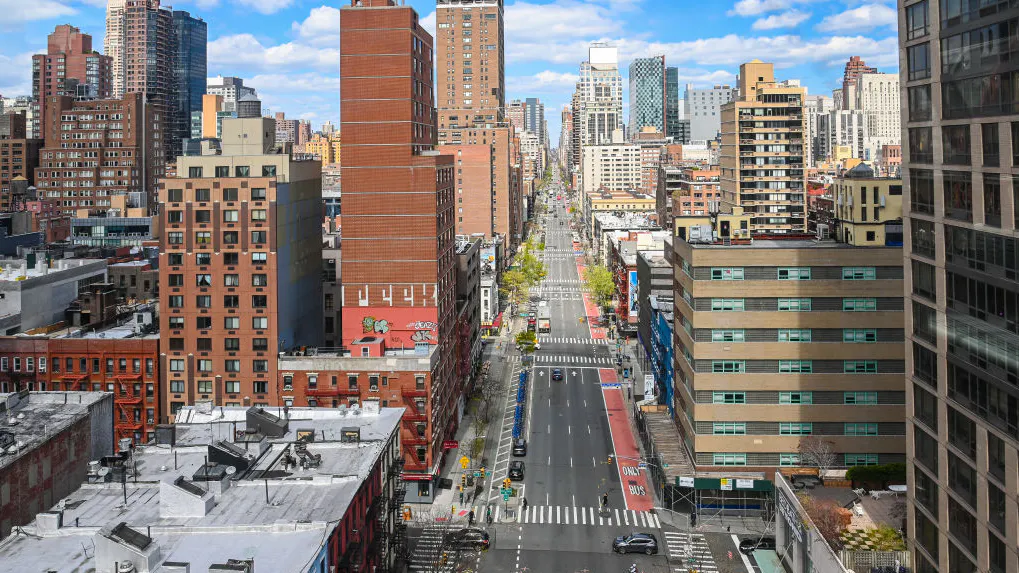The Daily Wire is providing this op-ed for free to give all readers access to the information and arguments about the national crisis it contains.
As our national lockdown drags on, Americans seem less and less inclined to move swiftly toward societal reopening. Perhaps that’s due to the consistent media focus on the risks of reopening. Perhaps that’s also due to the psychological comfort of the status quo: When we’ve been made to feel safe in our home, it’s difficult to leave it. Or perhaps we, as a society, have so fundamentally altered our own perception of risk aversion that we aren’t willing to leave our houses unless the risk is close to zero.
Whatever the reason, it is simply untenable to lock Americans down for months more. Calls to do so ignore not only the catastrophic human suffering inflicted on millions — employees who no longer have jobs, children who can no longer attend school, entrepreneurs who have seen their life’s dreams and savings destroyed at the behest of the government — but the reality of economics, which is that government cannot interminably pay everyone to stay at home.
Furthermore, long-term lockdowns do not even prevent the virus from eventual second-wave spreading; when we emerge from our homes, we will pass the virus to one another again.
So, how should we view the risks of reopening our society?
Rationally.
This means that we should stop looking at false case fatality rates as inevitabilities. We simply don’t know how many Americans have had coronavirus, or how many have it now. We do know that the number of confirmed cases is far lower than the number of cases in society more broadly.
In New York, the supposed case fatality rate — the number of deaths from coronavirus over the number of confirmed cases — rests at around 5%. But between March 22 and April 4, 215 pregnant women were screened for COVID-19 in New York City, according to The New England Journal of Medicine. Four women had symptoms of COVID-19, and 29 tested positive despite being asymptomatic. This means 13.7% of these women had COVID-19 without knowing it — for every symptomatic woman, there were seven others who were asymptomatic but positive.
If applied statewide — a simplistic model but certainly one that would be closer to accuracy than mere confirmed cases — this would drop the case fatality rate from 5% to 0.7%. Needless to say, such a statistic would alleviate some worry, particularly among less vulnerable populations.
We should also stop treating all cohorts of American society as equally vulnerable to coronavirus.
According to two New York University studies, the first most predictive condition for hospitalization was age: Almost half of all coronavirus patients hospitalized in New York City were over the age of 65. The next most predictive condition was obesity. And over 70% of hospitalized coronavirus patients had a chronic condition.
This should be no surprise: As of April 12, the New York City Health Department reported 128 fatalities among people with no underlying conditions and just 26 deaths among people below age 45 with no underlying conditions. There were 42,524 diagnosed cases of COVID-19 for New Yorkers under age 45, meaning that the case fatality rate — again, a seriously high-end estimate given the fact that asymptomatic people have not been tested — for those with no underlying health conditions below age 45 is 0.06%. In other words, about 9,994 out of every 10,000 young, healthy people who get coronavirus will not die — and the number is likely higher than that.
This means that we should be looking to send young, healthy people back to work, and urging social distancing and isolation for those who are elderly or have preexisting conditions that raise coronavirus risks. We should retain social distancing for the young and healthy, urge mask wearing and perform contact tracing when hot spots arise. We should continue to avoid large-scale gatherings. We should urge special vigilance in high-density areas. Localism is our friend here. But there is a path toward reopening. To ignore it isn’t just foolish; it’s counterproductive.

.png)
.png)

